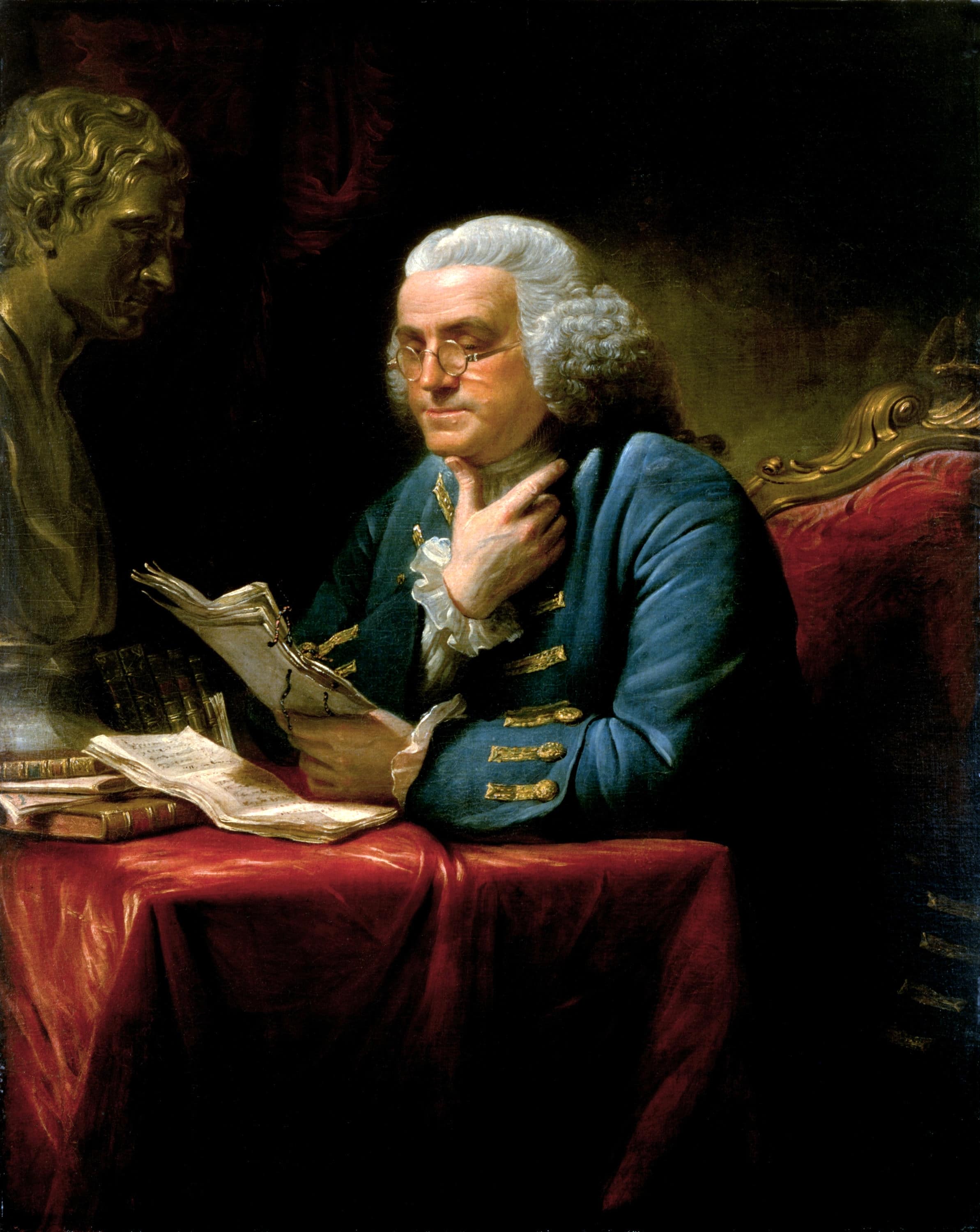Silence Dogood has been a fun topic for historical researchers for many years, but it gained national recognition when it was used as a central piece of a story in the movie National Treasure, where they were used to help decode a secret message.

While it made for an interesting plot, the real history of the Silence Dogood letters is fascinating and gives us a glimpse into the mind of Benjamin Franklin at an early age.

Silence Dogood was an alter-ego of Benjamin Franklin that he used to get printed in his older brother's newspaper, The New England Courant.
Young Ben was made an apprentice to his older brother and, at an early age, showed much talent and skill with his writing, but his older brother would not allow him to publish anything.
So Ben took it upon himself to create an alter-ego named Silence Dogood. He would write these satirical essays and push them under the door of his brother's print shop once a week.
His older brother was unaware that it was Ben's writing and published it. They quickly gained popularity around Boston.
Silence Dogood was a widow, and her unique satire and perspective were in stark contrast to the more rigid and conservative society that was common to Boston, Massachusetts Bay.
The writings became so popular that single men from Boston actually sent wedding proposals to what they believed was a real woman.
Eventually, Ben's brother found out, and the column was discontinued, but the writings still exist today.

The letters marked the first time in Benjamin Franklin's life that he used a pseudonym as a vehicle for his point.
Throughout his career of being a printer, Franklin always used pseudonyms as a way of getting his point across.
His most famous pseudonym was Richard Saunders from Poor Richard's Almanack. This pseudonym was so popular that John Paul Jones named the Bonhomme Richard after him.
